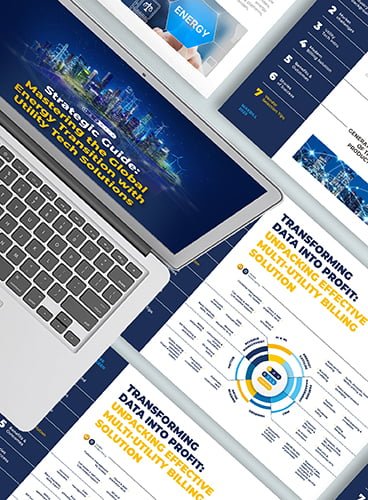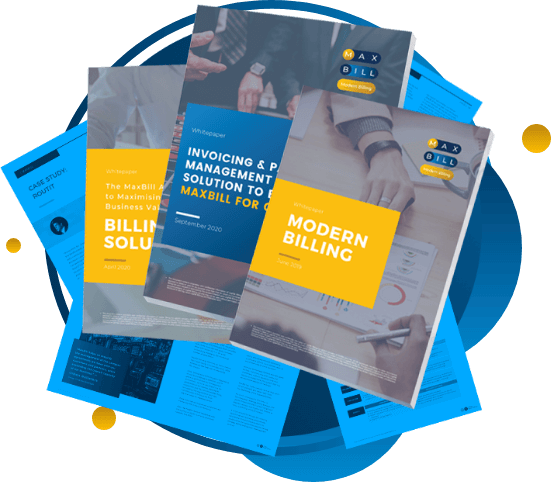BOOK LIVE DEMO
GET STARTED
Datasheets
With the UK telecoms market being saturated and EE, O2, Vodafone and Three owning 82% of the mobile market combined, it gets progressively harder for the new players to enter the scene, while the opportunities for the ones already in the game are diminishing day to day. In the US, the situation is no better: major providers such as AT&T, Verizon and T-Mobile take up 98.5% of all wireless subscriptions. Virtually any person has a connectivity service provider, and most residential areas have all of the major ones available which make it easy for the users to switch.
The pivotal metric to keep track of users that are disloyal is customer churn. Knowing the rate at which a company is losing customers, observe how it changes over time, and impacts different customer segments, can give the idea of what a company needs to improve in order to retain its user base.
Overview. What’s inside:
Why Customers Are Leaving and How to Stop Them
A Data-driven Approach to Understanding the Churn Rate




























